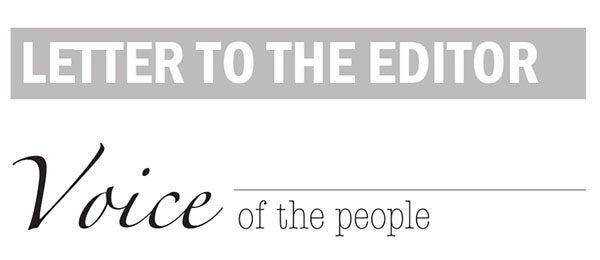Danville school’s Diversity and Equity Council needs more transparency
Published 8:43 am Tuesday, February 23, 2021
The January 12th Advocate-Messenger article, titled, Danville Schools form Diversity and Equity Council amid Black Lives Matter Movement, should act as a wakeup call for more transparency. Why? As goes the schools so goes the nation, it only takes one generation.
Abraham Lincoln said it better. “The philosophy of education in one generation will be the philosophy of government in the next.”
No rational human being is against equity or recognizing the fact that all lives matter. However, the words attributed to Danville’s Assistant Superintendent, Sheri Satterly, concerning the genesis of the council are concerning because it shows an acceptance of a premise and bias that many might disagree. And considering controversial decisions made by school’s leadership, it’s compounded by the fact meetings have been closed to the public.
There’s nothing wrong or illegal with creating an advisory council or committee. However, when it’s treated by the same rules that governs an Executive Session of the board by being closed to the public, doesn’t it bring up a question of ethics?
And if any decision is made by the input of the council, isn’t it required by law that this information be made public? This isn’t a slight on members who provide input, but isn’t it an issue that should be addressed? Has the council’s communication led to decisions by the superintendent or board?
Assistant Superintendent Satterly, who acts as facilitator and makes up the agenda for the council, said, the equity council “was needed” amid Black Lives Matters movement. And that its goal was to “identify equity issues and provide the board with recommendations for addressing concerns.”
This begs more questions. What concerns? What agendas have been discussed and what recommendations made?
The district partnered with Roger Cleveland of Millennium Learning Concepts to address equity and bias. He’s provided training on “implicit bias.” Implicit bias is the belief of “an automatic preference of one race over another.” This seems a sad assumption. So, what has Mr. Cleveland advised and what have we paid for his advice?
Satterly’s list of items to accomplish include recommendations concerning professional development of staff on “implicit bias” and recruitment plan for hiring, while drafting a policy for the district on equity, among other things. These are critical areas that will affect the future of education and community.
Shouldn’t citizens start asking questions while demanding answers and more transparency?
Randy Gip Graham
Danville



